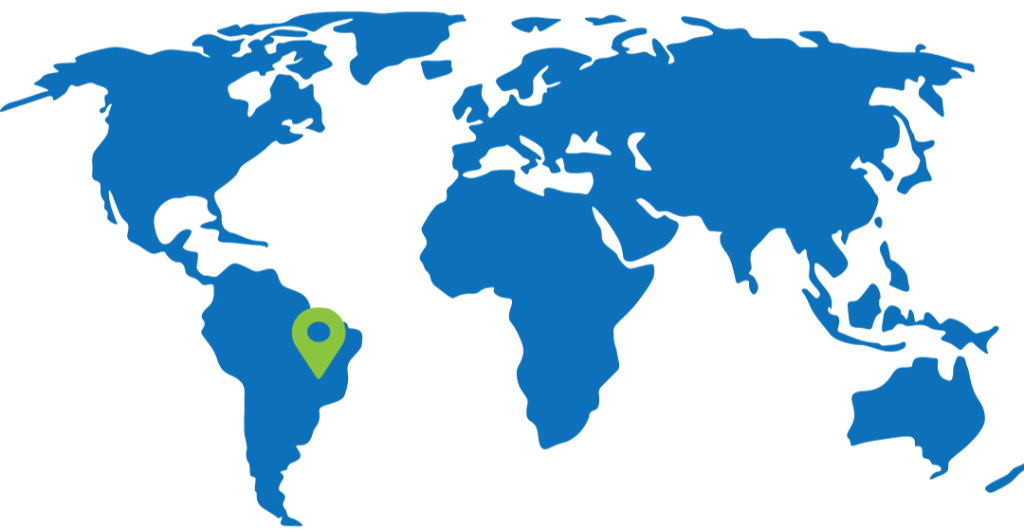In May 2025, Brazil’s National Telecommunications Agency (Anatel) marked a major milestone in its ongoing effort to simplify and modernize its regulatory framework. With the approval of Resolution No. 777/2025, Anatel introduced the General Regulation for Telecommunications Services (RGST), a reform that consolidated 34 resolutions and replaced seven pre-Agency regulations. The result is a 60% reduction in regulatory provisions and a 40% cut in documentation length.

Streamlining Through Consolidation
This update follows a decade-long effort that began in 2013 to restructure the agency and centralize regulatory project management. The reforms included institutionalizing Regulatory Impact Analysis (RIA), enhancing stakeholder participation, and updating regulatory quality controls.
The RGST is accompanied by the release of a new Glossary, authorized by Resolution No. 779/2025, which unifies 528 sector-specific definitions previously scattered across 45 regulatory texts. These tools aim to eliminate redundancy and inconsistencies while simplifying compliance requirements for the industry.
Effective October 2025, the number of active resolutions will shrink to just 94—only 13% of all regulations issued since Anatel’s founding in 1997. Of these, 62 directly pertain to telecommunications services and have been consolidated by theme.
Experimental Regulatory Sandbox
A highlight of this regulatory overhaul is the formal introduction of a regulatory sandbox, enabled by Resolution No. 776/2025. This framework permits controlled exemptions from existing obligations to test innovative telecom technologies and business models.
Currently, Anatel is conducting three sandbox projects:
Deployment of signal boosters by municipalities to improve mobile coverage.
Satellite-based mobile services delivered directly to consumer devices (Direct-to-Device, D2D).
Use of restricted radiation radio equipment for indoor security scanning.
These initiatives exemplify Anatel’s focus on flexible regulation to accommodate emerging technologies while maintaining oversight.
Institutional Improvements and Future Plans
Anatel’s reform journey included launching a biannual Regulatory Agenda, creating mechanisms for public engagement, and integrating data-driven evaluations into RIA procedures. These updates are designed to enhance regulatory consistency and responsiveness.
Looking ahead, Anatel plans to maintain this momentum with biennial “regulatory guillotines” to further prune outdated provisions. The agency is also investing in evidence-based regulatory practices, with aims to develop international benchmarks, a quality assessment manual, and a monitoring dashboard by 2026.
For this article’s source information and any product certification guidance, please contact Global Validity.
Quick Country Facts
Brazil
Certification Body: Agencia Nacional de Telecomunicaciones (ANATEL)
Certification Type: Mandatory
License Validity: 24/36 Months
Application Language: Portuguese
Legal License Holder: Local Representative
In-Country Testing Requirement: In-Country Testing
The regulatory information above is based on radio type approval certification. Access additional certification requirements in over 200 countries and territories with Global Validity’s free proprietary product certification management software, Access Manager. Learn more about the platform here or fill our quick contact form!
Global Validity is your partner for global certification success
Want to learn more about regulatory compliance and how we can help? Simply fill out the form below and we’ll be in touch!
